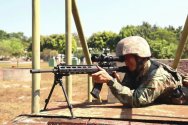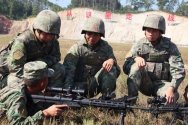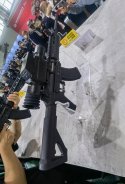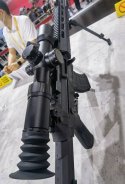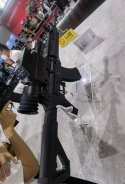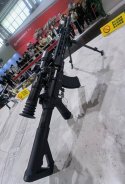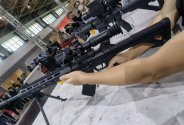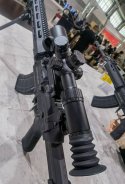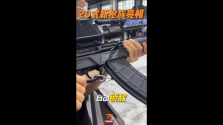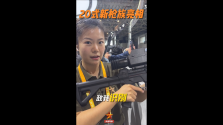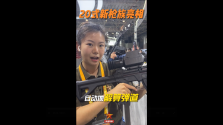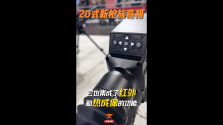You are using an out of date browser. It may not display this or other websites correctly.
You should upgrade or use an alternative browser.
You should upgrade or use an alternative browser.
QBZ-191 service rifle family
- Thread starter Blitzo
- Start date
this allow anyone who never handle fire arm,become a instant snipper. A texas company also offering similiar "smart"rifle.its possible it could convert into a some sort remote control snipping
Wonder how well it performs against its US counter part made by Vortex, and whether the PLA is interested in adopting technology in the future...Intelligent fire control scope
View attachment 101440View attachment 101441View attachment 101442View attachment 101443
For comparison:
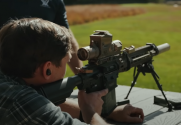
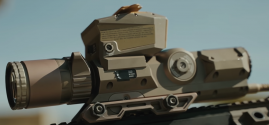
Smart scopes are definitely an interesting development for small arms, probably will be a lot more successful than previous attempts by US or Russia (looking at G11, An-94, AEK-971) to increase hit probably by common infantrymen.
It'll be interesting to see how well these smart scopes perform in the hands of US infantry. I think this will prove to be quite successful as long as it works as intended and is robust enough to still function properly in rough environments. This will make it so much easier to hit targets at 300 - 500 meters with intermediate cartridges for you common grunts.
But this set up will not be cheap, so it will be interesting to see if the return is worth the cost.
A good question to ponder is, how often will soldiers in the near future battlefield need to engage enemies at distances of 300 to 500 meters with accurate fire from intermediate cartridges? I think this question really depends on the level of intensity of the combat, overall capability of the the military engaged in the conflict, the terrain of the battlefield, and many other factors. But there will be a clear trend as technology and warfare evolves.
This technology will probably significantly increase infantrymen's firepower by making it significantly easier to hit targets, but will this technology change the course of a war or even the outcome of a battle? That will be hard to say to be honest.
I feel like the importance of small arms in modern combat has diminished significantly. There must be some reports out there on the War in Afghanistan documenting the most effective method of engaging the enemy from a US perspective. What proportion of Taliban fighters killed by US military were killed by small arms or by air strike / arty strike? It would be interesting to estimate from such reports how effective red dots and ACOGs have been in combat. Would US lose significantly more men if these equipment's were not issued? Or would it not really matter anyways since most Taliban fighters are not killed by small arms fire?
It may be entirely possible that these scope's most important role in the future of warfare is not to help soldiers to shoot more accurately (they most likely could do that very well), but to serve as an additional data generator in the information system that can help to relay real time battlefield information to the chain of command to enable better decision-making from the top or to request fire support missions.
Honestly I'm not sure what to make of this. Any other thoughts on this?
similar to the scope in XM5Intelligent fire control scope
View attachment 101440View attachment 101441View attachment 101442View attachment 101443
maybesimilar to the scope in XM5






